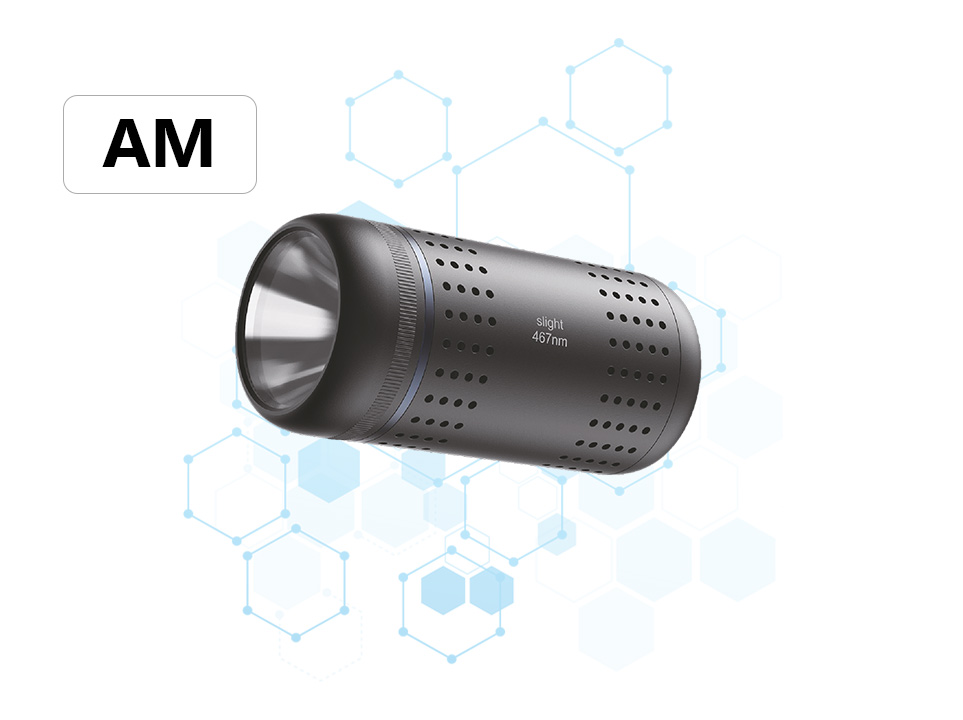Internal channel selection of continuous flow photocatalytic equipment
In the rapidly evolving field of organic synthesis, continuous flow photocatalytic equipment has emerged as a transformative technology, offering unparalleled precision and efficiency in the production of various organic compounds. The internal channels of these systems play a pivotal role in determining their overall performance, particularly in terms of catalyst utilization, reaction kinetics, and product selectivity. This article delves into the critical factors influencing the selection of internal channels for continuous flow photocatalytic equipment in organic synthesis.
1. Material Compatibility and Durability
The first and foremost consideration in selecting internal channels is material compatibility. The chosen material must be resistant to the corrosive effects of the reactants, catalysts, and solvents used in organic synthesis. Additionally, it should maintain its structural integrity under the high pressures and temperatures often encountered in continuous flow reactions. Materials such as stainless steel, Hastelloy, and specialized polymers are often favored for their durability and chemical resistance.
2. Catalyst Deposition and Reactor Geometry
The geometry of the internal channels directly influences the effectiveness of catalyst deposition and the overall reactor performance. Channels with a high surface area-to-volume ratio are preferred, as they provide more space for catalyst immobilization, thereby enhancing reaction rates. Furthermore, the shape and size of the channels can affect flow patterns, mixing efficiency, and mass transfer rates, all of which are crucial for achieving optimal product yields and selectivity.
3. Light Penetration and Catalyst Activation
Photocatalysis relies on the activation of catalysts by light, making light penetration within the internal channels a critical factor. Transparent materials, such as quartz or glass, are often used for channel walls to allow UV light to reach the catalyst. The design of the channels should also minimize light loss through reflection, absorption, or scattering, ensuring maximum catalyst activation and reaction efficiency.
4. Flow Control and Residence Time
In continuous flow systems, precise control over the flow rate and residence time of the reactants within the channels is essential. This can be achieved through the use of pumps, valves, and flow meters to regulate the flow dynamics. Adjusting the channel dimensions, such as length and diameter, can also influence residence time, thereby affecting reaction kinetics and product purity.
5. Scalability and Process Integration
As organic synthesis reactions are often scaled up for commercial production, the internal channels of photocatalytic equipment must be designed for scalability. Modular reactor designs, where individual channel units can be easily added or removed, provide flexibility and ease of integration into larger process systems. Additionally, the ability to optimize channel configuration based on specific reaction conditions and product requirements is crucial for maximizing process efficiency and product quality.
6. Heat Management and Temperature Control
Photocatalytic reactions in organic synthesis can generate significant amounts of heat, which must be managed effectively to prevent catalyst deactivation and product degradation. The internal channels should be designed to facilitate heat transfer, either through the use of cooling jackets, heat exchangers, or integrated cooling channels. Temperature control systems, such as thermocouples and PID controllers, are essential for maintaining optimal reaction temperatures throughout the process.
Conclusion
In conclusion, the selection of internal channels for continuous flow photocatalytic equipment in the field of organic synthesis involves a careful balance of material compatibility, reactor geometry, light penetration, flow control, scalability, and heat management. By optimizing these factors, manufacturers can develop high-performance systems that deliver precise, efficient, and scalable solutions for organic synthesis.





